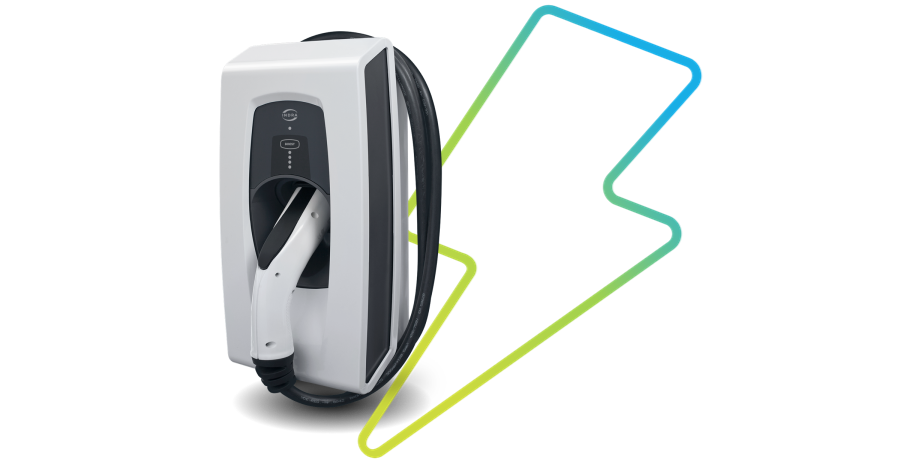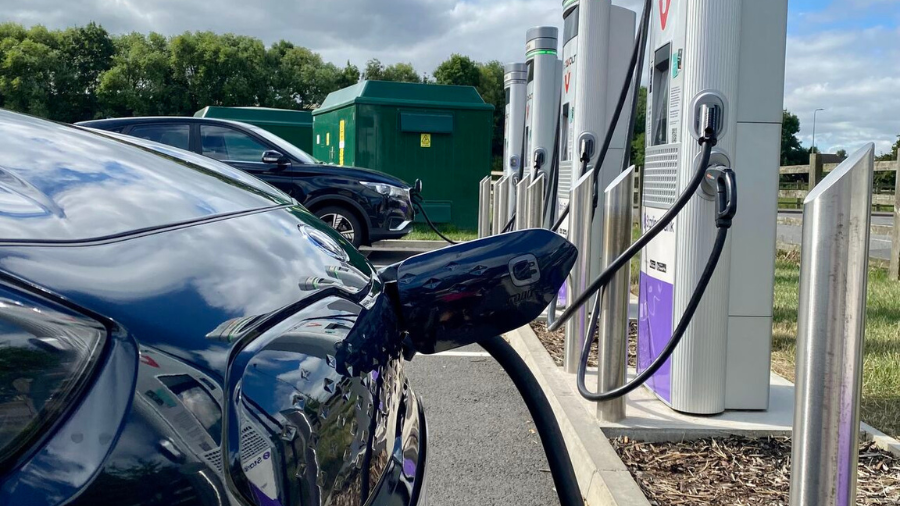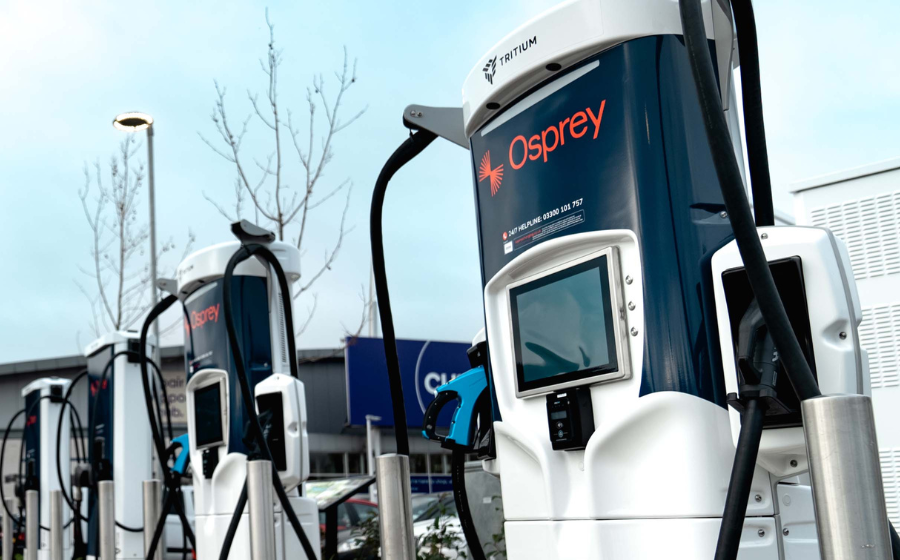All you need to know about chargers and plugs
Confused by all of the electric car charger lingo? Don’t worry we’ll help you learn your CCS from your CHAdeMO, your Type 1 from your Type 2 plugs and what the differences are between destination charge points and rapid chargers.

Energy and Charging
Can you do a long road trip in an electric car?
Do I have to have a charge point fitted at home?
How accessible are electric car charge points?
How do I charge my electric car?
Does your driving style affect how far you can drive?
How often do I need to charge?
When’s the best time to charge an electric car?
The Ultimate Guide to Charging
Are you ready to go electric?
Want to know if an electric car is the right choice for you?
Join in with our simple online quiz to find out more.
What are the differences between electric car chargers and plugs?
If you’re up-to-speed on the basics of how to charge an electric car and want to understand a bit more about the different types of chargers and plugs, you’re in the right place.

What’s destination charging?
A destination charge point is when you use your own cable, plug in, walk away and come back when you’re ready. That might be after a day at work or when you’ve finished shopping, for example.
While you can leave your car plugged in, it’s polite to move your car when it’s finished charging so other people can fill up. If you’re charging at a park-and-ride and you’re in the middle of town though, there’s no need to rush back. But watch out for any time limit on charging sessions.
Find chargers near you!What are Type 1 and Type 2 plugs?
Types 1 and 2 are kinds of charging plug. A few older cars have a Type 1 socket. But they also have a Type 1 to Type 2 cable for charging when you’re out and about, so you can plug in anywhere.
Most UK public charge points have Type 2 sockets and you’ll usually use your own cable to connect your car, though some come with the cable already attached. This is known as a tethered cable.
Don’t worry too much about the differences, it’s a bit like using either petrol or diesel. Once you know what your car uses, you’ll know what you’re looking for.
What’s rapid charging?
Most newer cars can rapid charge and it’s something you do when you’re out and about – similar to how you fill up with petrol or diesel. It’s a little more expensive than charging at home but it can be quick.
You plug your car in, pop for a coffee and by the time you come back you should have enough charge for the next bit of your journey.
With rapid charging, you won’t be leaving your car to power up for hours at a time.
Download the Osprey charging app
CCS and CHAdeMO
At DC rapid chargers you’ll find two kinds of cable, CCS and CHAdeMO, these cables are always attached to the charger so you’ll know it’s a rapid charge point.
These chargers convert AC electricity to DC before it reaches your car, which means the juice goes straight into your battery so it can charge much faster.
You’ll find CHAdeMO on a handful of older cars like the Nissan LEAF. But CCS has won that format war and is what you’ll see on most electric cars.
Some rapid chargers also have a Type 2 cable for older models like the original Renault ZOE. But these won’t rapid charge most cars, unfortunately.
Charging to 80%
Once they’re 80% full, most cars slow their rapid charging down to protect the battery. That means 80-100% can take as long as 0-80%, which makes 80% the best time to unplug, especially if someone else is waiting to charge.
Rather than trying to reach 100% it can actually be quicker to stop for another rapid charge later on, because charging is so much faster up to 80%.
Using a public charger
To use a public charger, you’ll need a way to pay. That’ll mean either an app, contactless card or a plastic tag known as a Radio Frequency Identification (RFID), depending on what network the charger is on. The key is to plan ahead – check your route and see where you’ll find chargers.
You’ll find it much less hassle to download the right apps and create accounts while you’re at home. That hassle will start to disappear, though.
The motorway rapid charger network, for example, is being replaced and all new chargers have to accept contactless payment.
Find out more about our Indra Chargers
Indra smart chargers let you charge your car when energy is cheapest for you and best for the grid.
Discover Indra Chargers